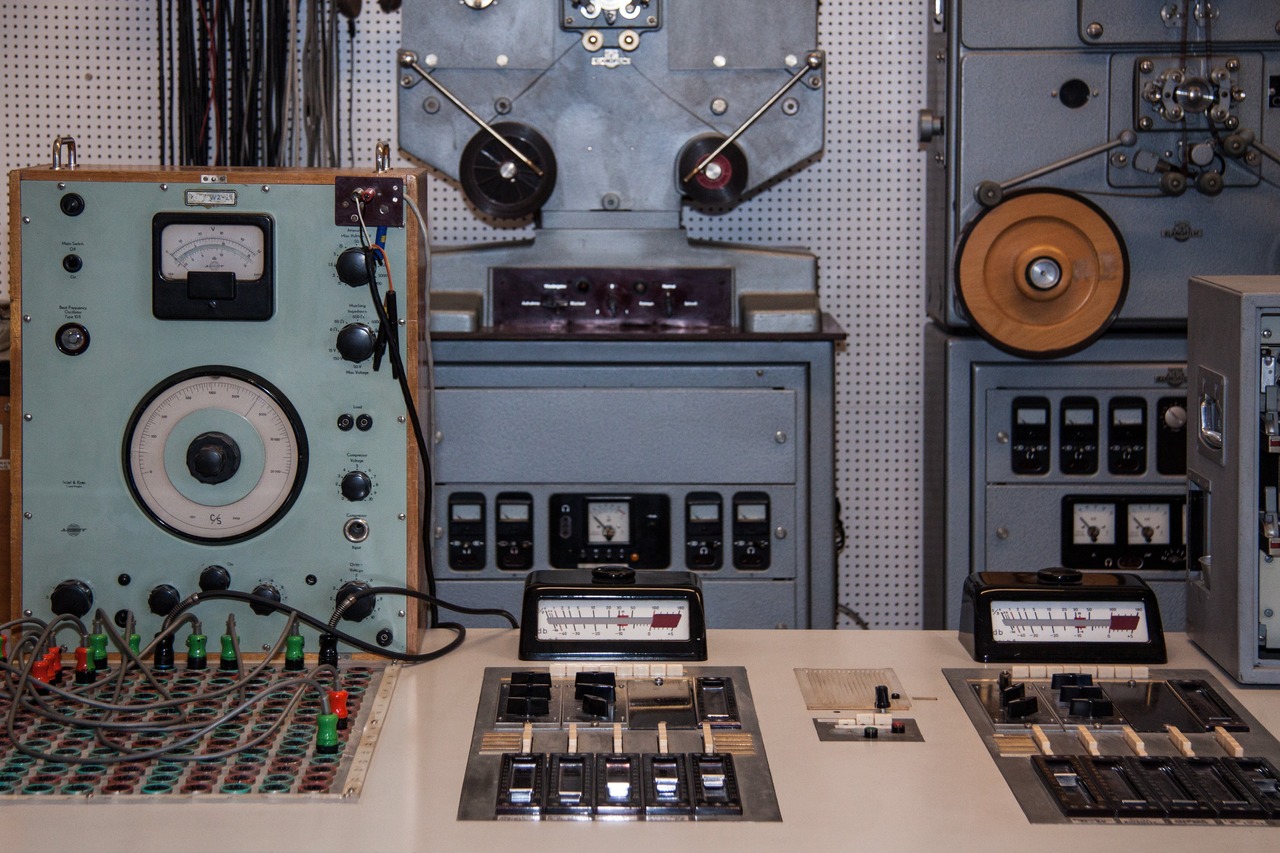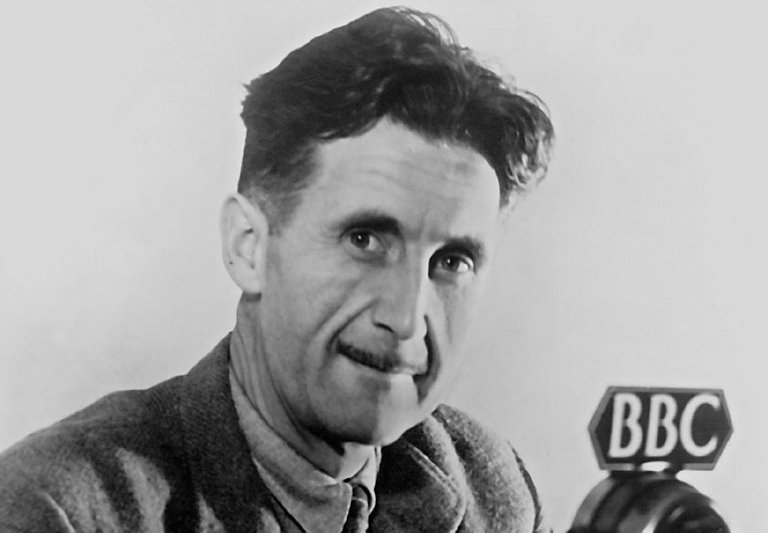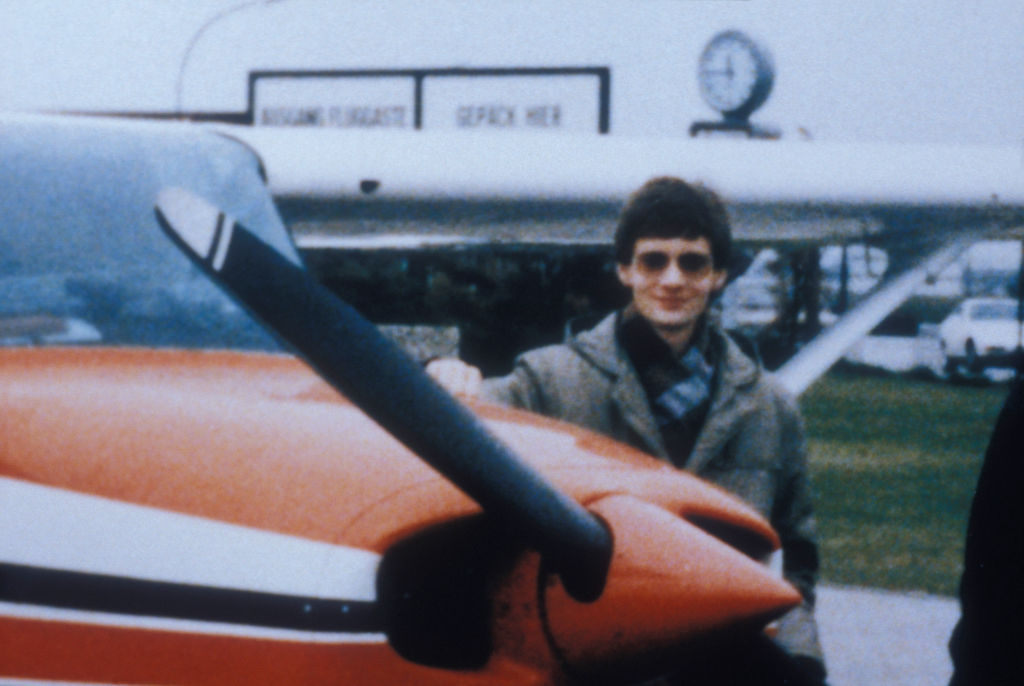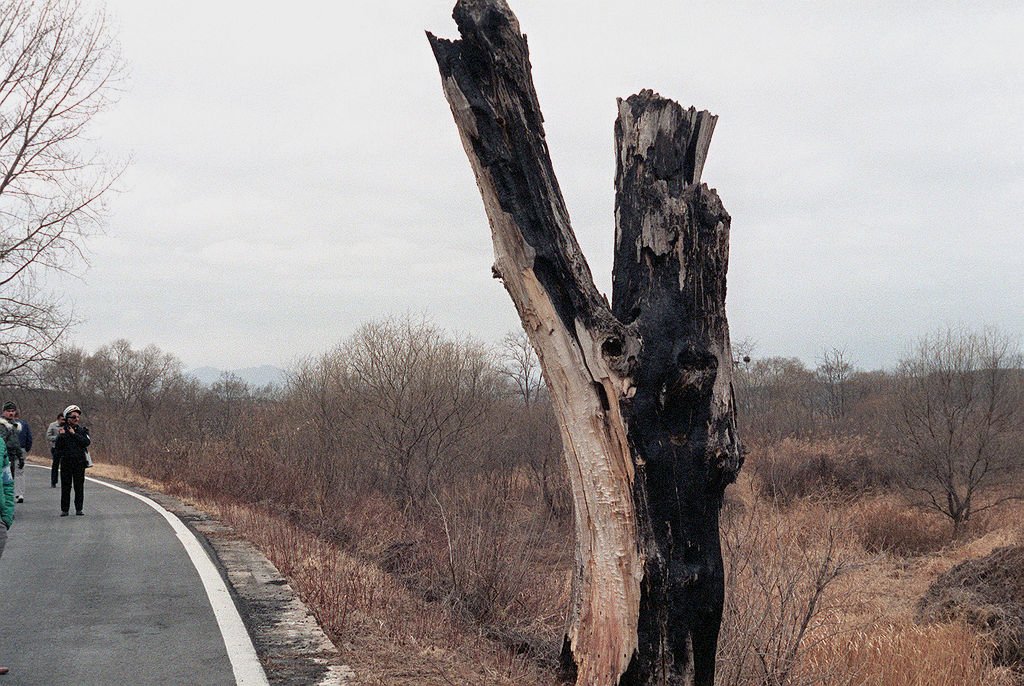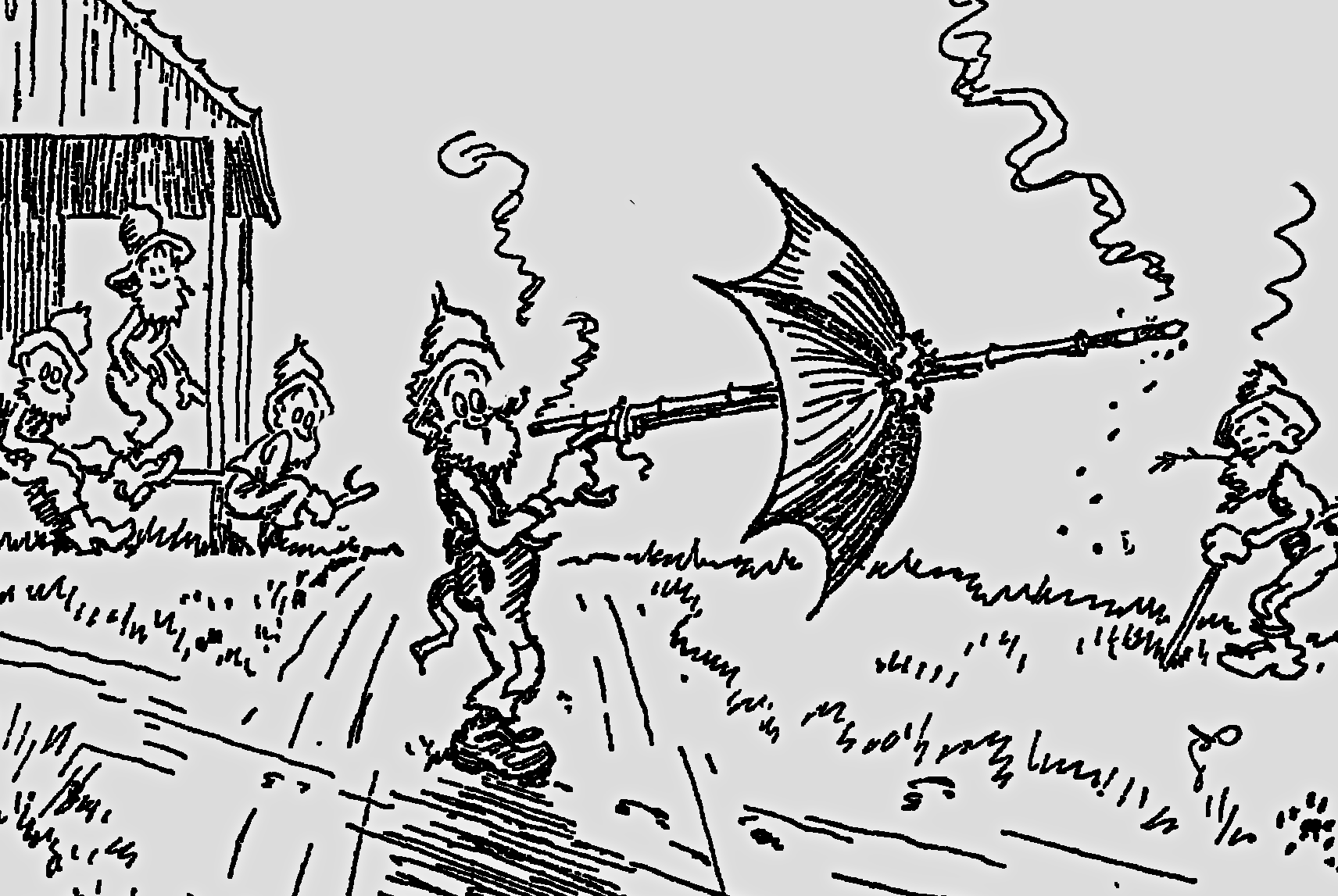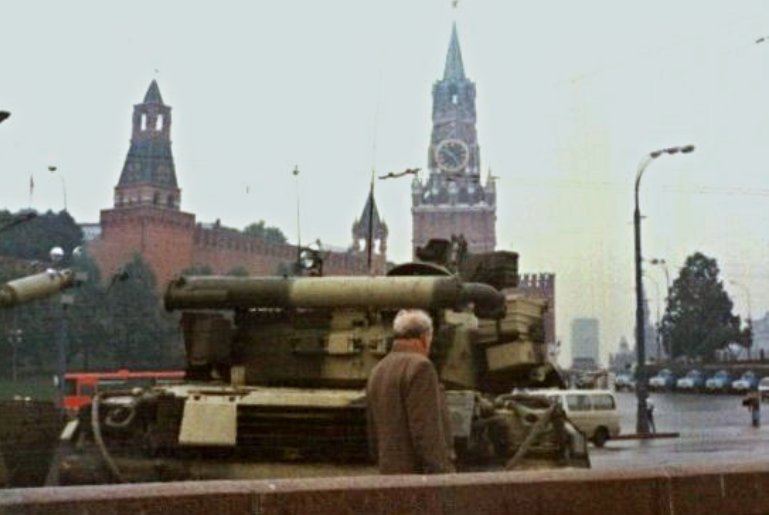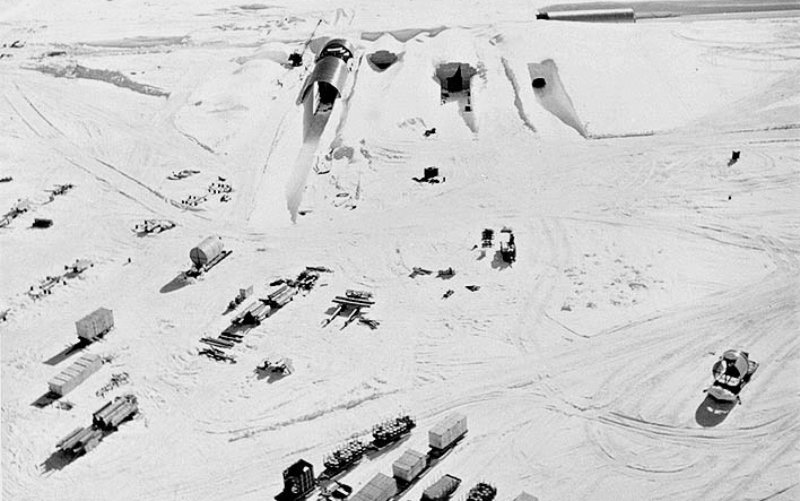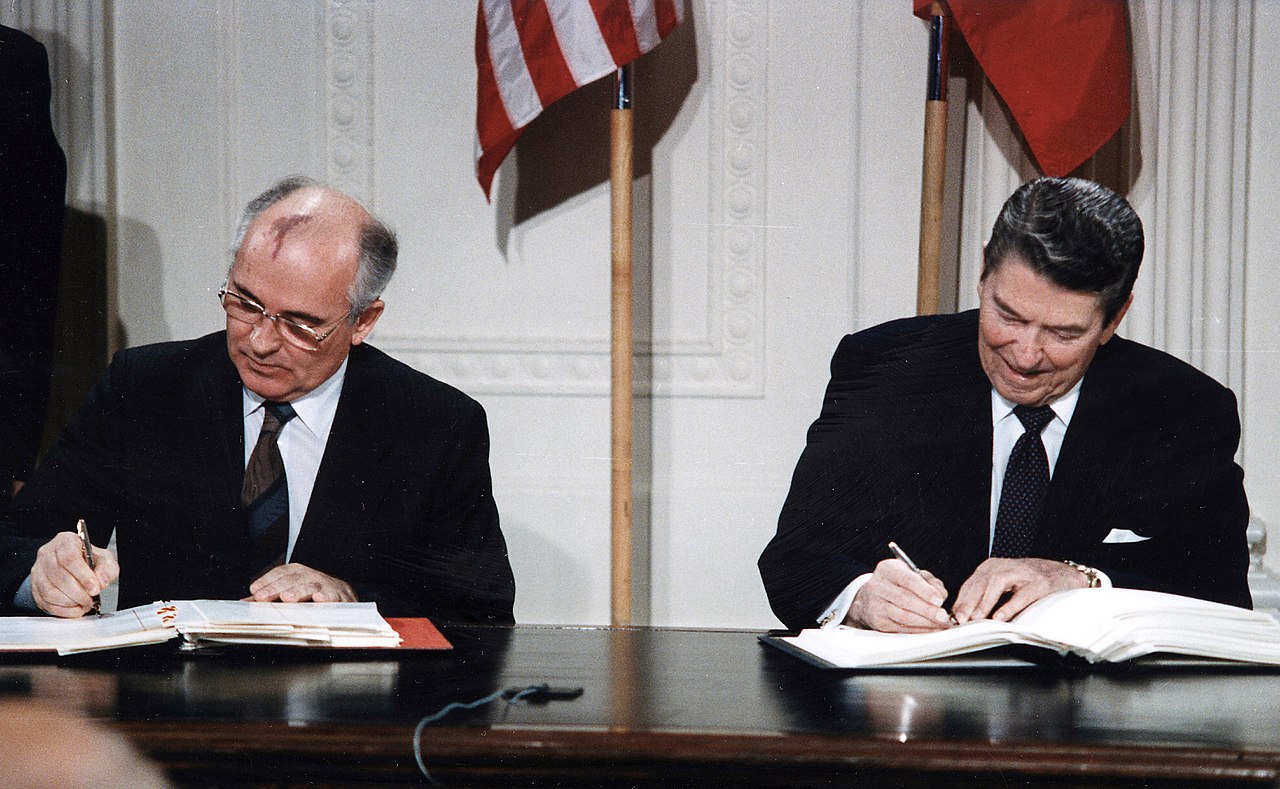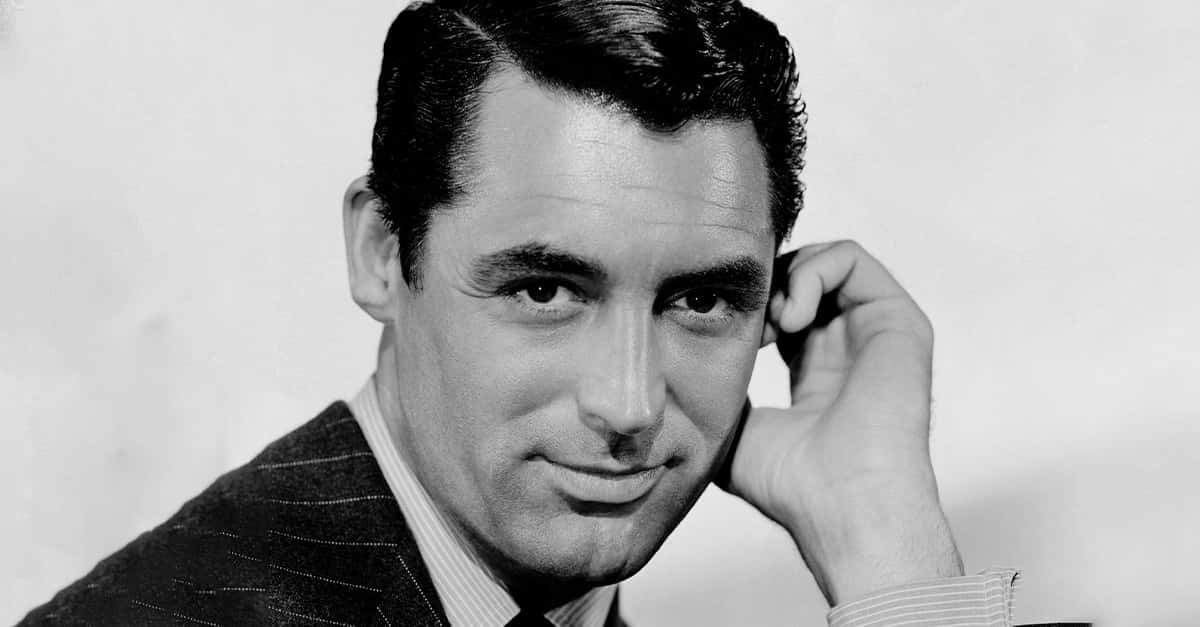The Cold War
Called the "Cold War" because there was no direct fighting between the two countries "at war", the period of geopolitical conflict between the United States and the USSR lasted from 1947 until the official dissolution of the Soviet Union in 1991. For over 40 years, we were on the brink of World War III—or at least that's what we were told and how it often felt. But even for all you history buffs out there, there's probably a few things you never knew about this period in our world's history.
They say you should learn something new every day. Here are 50 facts about the Cold War—how many new things will you learn today?
The Building In The Pentagon Courtyard
During the Cold War, the Soviets took note of a heavily-trafficked building in the centre of the Pentagon courtyard. Thinking it was a top secret building, the entrance to a secret underground bunker, or some such thing, the USSR had the building targeted. That is, until they found out it was just a hot dog stand.
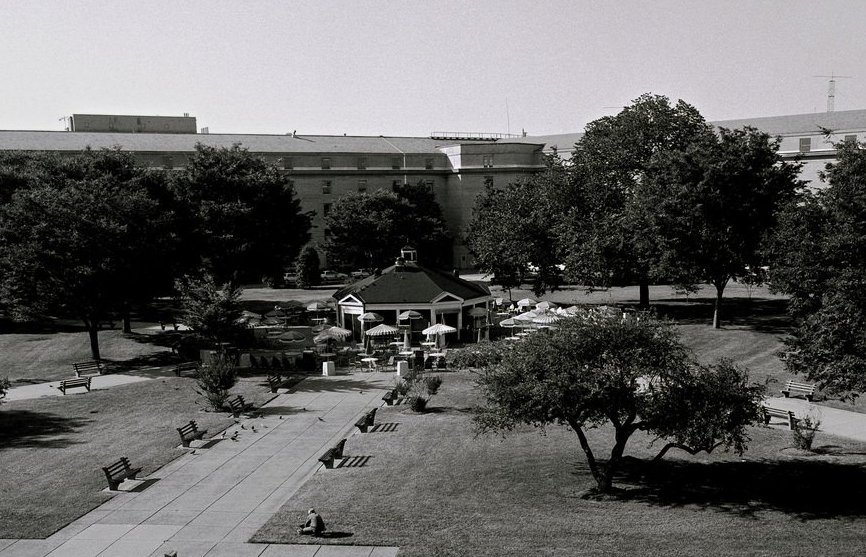 The U.S. National Archives, Picryl
The U.S. National Archives, Picryl
North Carolina Was Almost Nuked...Accidentally
In 1961, an American B52 bomber, carrying not one, but two, 4-megaton warhead bombs crashed near Goldsboro, North Carolina (we're talking each one 200 times more powerful than the bomb dropped on Hiroshima). Thankfully, the bombs both had multiple fail-safes on them (five, to be exact).
However, on one of the bombs, four of the five fail-safes failed.
 US Air Force, Wikimedia Commons
US Air Force, Wikimedia Commons
Arkhipov Saved The World
During the height of the Cuban Missile Crisis, a Soviet submarine captain commanded navy officer Vasili Alexandrovich Arkhipov to launch nuclear torpedoes at the US Navy. Arkhipov refused.
 Olga Arkhipova, CC BY-SA 4.0, Wikimedia Commons
Olga Arkhipova, CC BY-SA 4.0, Wikimedia Commons
Arkhipov Saved The World
Obviously, we can't know exactly what would've happened had he followed orders, but given the geopolitical tensions at the time, many believe it could've had very dire consequences—including global thermonuclear war.
Tie Your Shoelaces
One method that CIA agents used to communicate during the Cold War was via their shoelaces. Depending on how they were tied, it could mean various things, such as: "I have information," "Follow me," or "I have brought another person".
 Original Headquarters Building (OHB), Picryl
Original Headquarters Building (OHB), Picryl
Operation Acoustic Kitty
In the 1960s, the CIA had the brilliant idea that cats could be used to spy on the Soviets. Well, they didn't just have the idea—they tried putting it into practice. They implanted a microphone in a cat's ear canal, a small radio transmitter at the base of its skull, and a thin wire into its fur. However, on its first mission, the cat was hit by a taxi.
Operation Acoustic Kitty
Although the hit-by-taxi thing is disputed, the project never went any further. To quote the closing memorandum on the project: "The environmental and security factors in using this technique in a real foreign situation force us to conclude that for our (intelligence) purposes, it would not be practical".
The program cost $20 million before it was shut down.
 Jelger, CC BY 2.0, Wikimedia Commons
Jelger, CC BY 2.0, Wikimedia Commons
"Under God"
Did you know that the original pledge of allegiance didn't include the phrase, "under God"? That part was added during the Cold War by Congress as a symbol of resistance to atheistic communism.
 Frances Benjamin Johnston, Wikimedia Commons
Frances Benjamin Johnston, Wikimedia Commons

History's most fascinating stories and darkest secrets, delivered to your inbox daily.
Tsar Bomba
The most powerful nuclear weapon ever created and tested was the Russian Tsar Bomba. The bomb was dropped then detonated autonomously 4,000 meters above the cape Sukhoy Nos of Russia's arctic Severny Island. It yielded a whopping 50–58 megatons of TNT (which is more than all the explosives used during WWII combined).
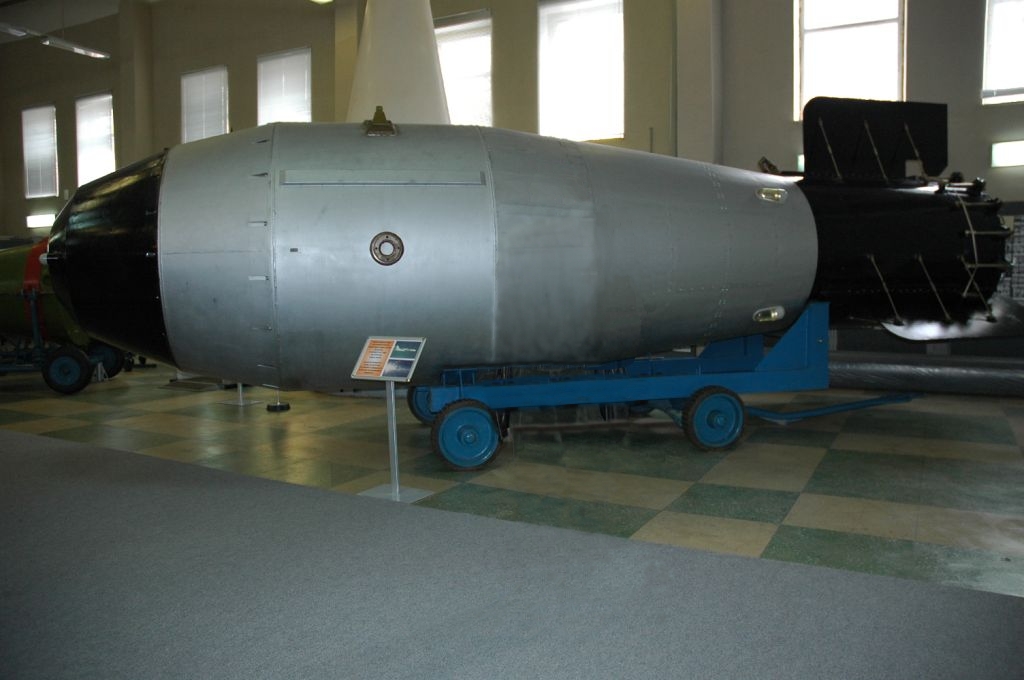 Croquant, Hex, CC BY-SA 3.0, Wikimedia Commons
Croquant, Hex, CC BY-SA 3.0, Wikimedia Commons
Hedy Lamarr The Inventor
Hedy Lamarr wasn't just a beautiful and talented actress. She was also a brilliant inventor who co-invented guidance system technology for Allied torpedoes that could eliminate the threat of radio jamming by the Axis countries.
Hedy Lamarr And Bluetooth
The tech was never put into practice during the war, but would later be the basis for some of today's most important technological advancements, including Wi-Fi, GPS, and Bluetooth.
Orwell's "Cold War"
George Orwell (yeah, the guy who wrote Animal Farm), is credited with coining the general term "cold war" in his 1945 essay "You and the Atomic Bomb":
"Looking at the world as a whole, the drift for many decades has been not towards anarchy but towards the reimposition of slavery... James Burnham's theory has been much discussed, but few people have yet considered its ideological implications—that is, the kind of world-view, the kind of beliefs, and the social structure that would probably prevail in a state which was at once unconquerable and in a permanent state of "cold war" with its neighbours".
JFK's Inaugural Speech
It seems crazy considering how much domestic issues dominate politics these days, but when JFK was elected, it was the height of the Cold War and Kennedy felt that his job was to defeat the Soviet Union. So much so that he didn't mention one single domestic issue in his inaugural speech.
 CWO Donald Mingfield, U. S. Army Signal Corps, Wikimedia Commons
CWO Donald Mingfield, U. S. Army Signal Corps, Wikimedia Commons
Soccer Fields In Cuba
In September of 1962, a CIA analyst saw some soccer fields in Cuba and set off a chain of events that would lead to the Cuban Missile Crisis. You see, to quote the analyst: "Cubans play baseball, Russians play soccer". So, the presence of soccer fields meant that the Russian military was close by.
JFK sent U2 planes over Cuba to take photographs and get some hard evidence. Those photographs were enough to convince Kennedy that Russia was in fact putting missiles in Cuba.
 US Air Force, Wikimedia Commons
US Air Force, Wikimedia Commons
8,000 Vs 40,000
The Americans knew that Russia was placing troops in Cuba. However, while they estimated the number to be around 8,000—the actual number was closer to 40,000.
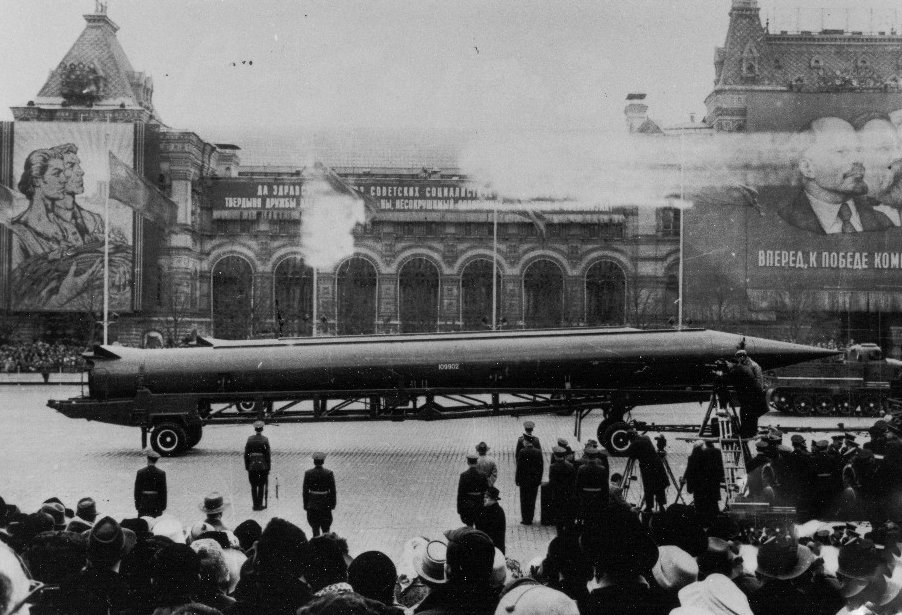 Central Intelligence Agency, Wikimedia Commons
Central Intelligence Agency, Wikimedia Commons
Rectal Escape Kit
Where did American spies in the 1960s hide tools they could use to help them escape from certain situations? Well, the name "Rectal Escape Kit" kinda says it all, don't you think? This sealed pill-shaped container would contain things like small drill bits, saws, and knives.
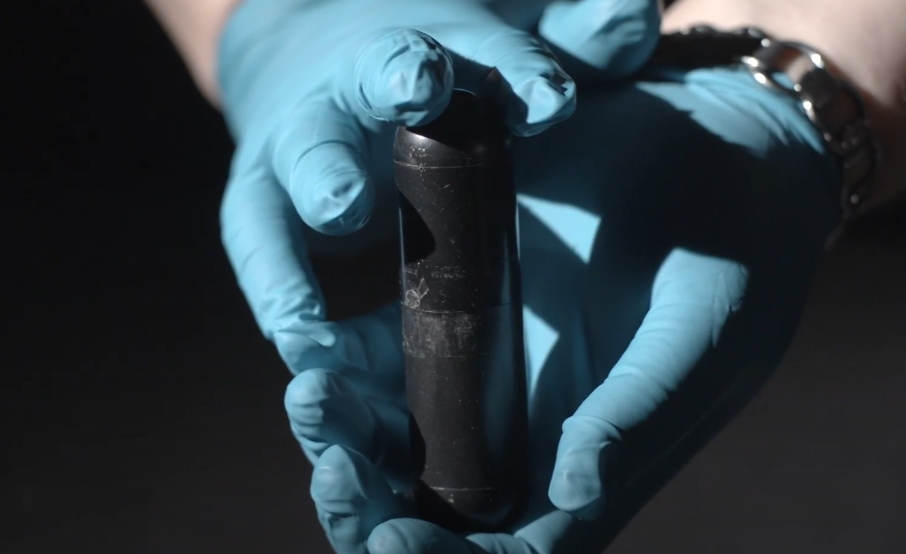 A CIA-Issued Rectal Tool Kit For Spies | Object of Intrigue | Atlas Obscura, Atlas Obscura
A CIA-Issued Rectal Tool Kit For Spies | Object of Intrigue | Atlas Obscura, Atlas Obscura
Cessna Flight
The Soviet Union had a large military and many advanced defences—and yet, in 1987, a teenager from West Berlin flew a single engine Cessna into Russia and landed right in front of the Kremlin gates. Ooops!
Cessna Flight
The teen had good intentions and performed the stunt in an effort to promote peace between the East and West. However, Moscow wasn't impressed and the guy was arrested for "malicious hooliganism".
Third World Country
While many think the term "Third World" refers to poor countries—the term actually came out of the Cold War and was used to describe a nation who did not align with either NATO or the Warsaw Pact.
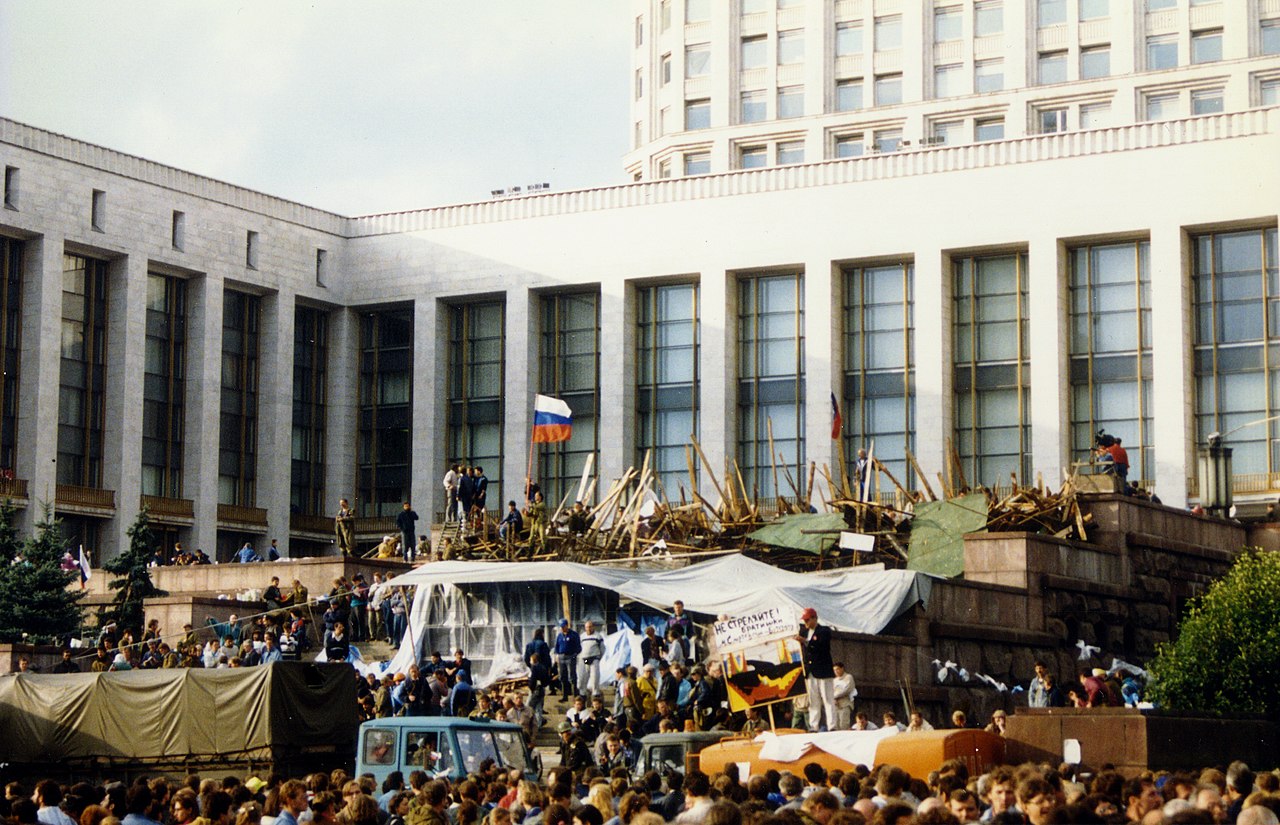 David Broad, CC BY 3.0, Wikimedia Commons
David Broad, CC BY 3.0, Wikimedia Commons
USA/USSR Joint Mission To The Moon?
It never happened, but it's true that JFK went to Khrushchev in the Geneva Conference in 1962 and '63 and brought up the idea of America and Russia teaming up for a joint mission to the Moon.
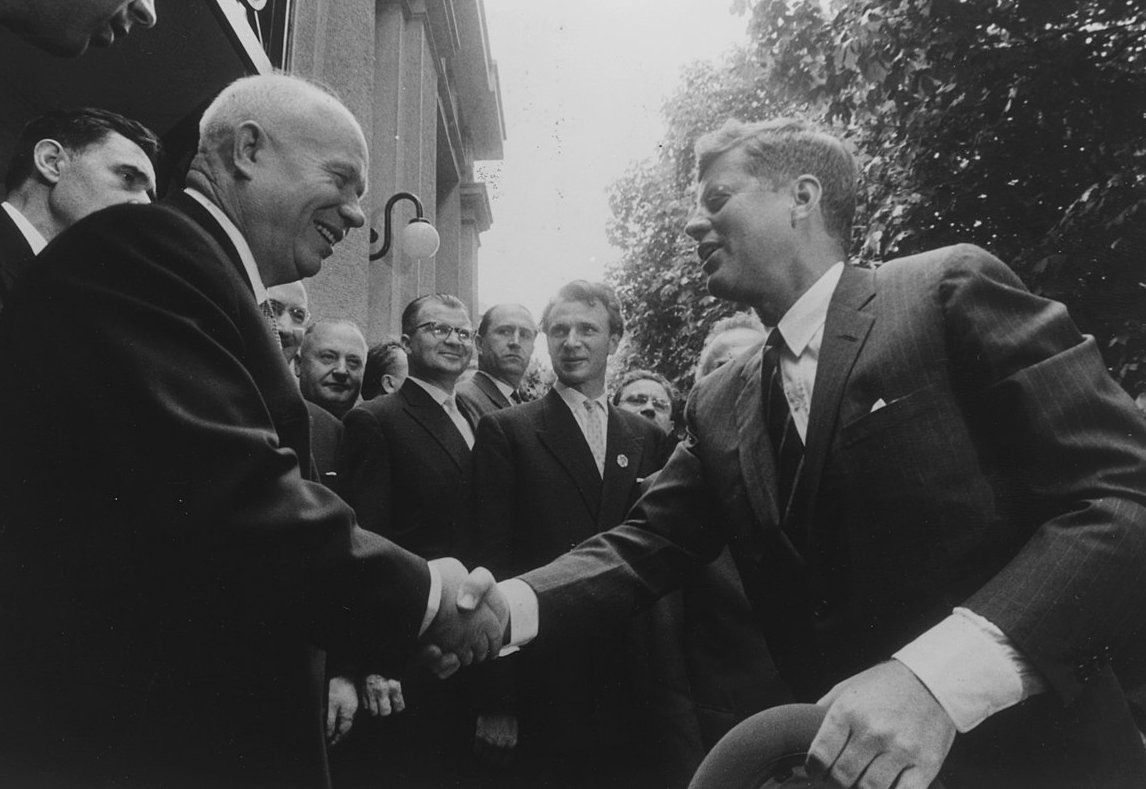 National Archives and Records Administration, Wikimedia Commons
National Archives and Records Administration, Wikimedia Commons
USA/USSR Joint Mission To The Moon?
Khrushchev wasn't interested at all, apparently responding to Kennedy's suggestion with a little sarcasm: "Sure, we'll send our man to the Moon, you can bring him back".
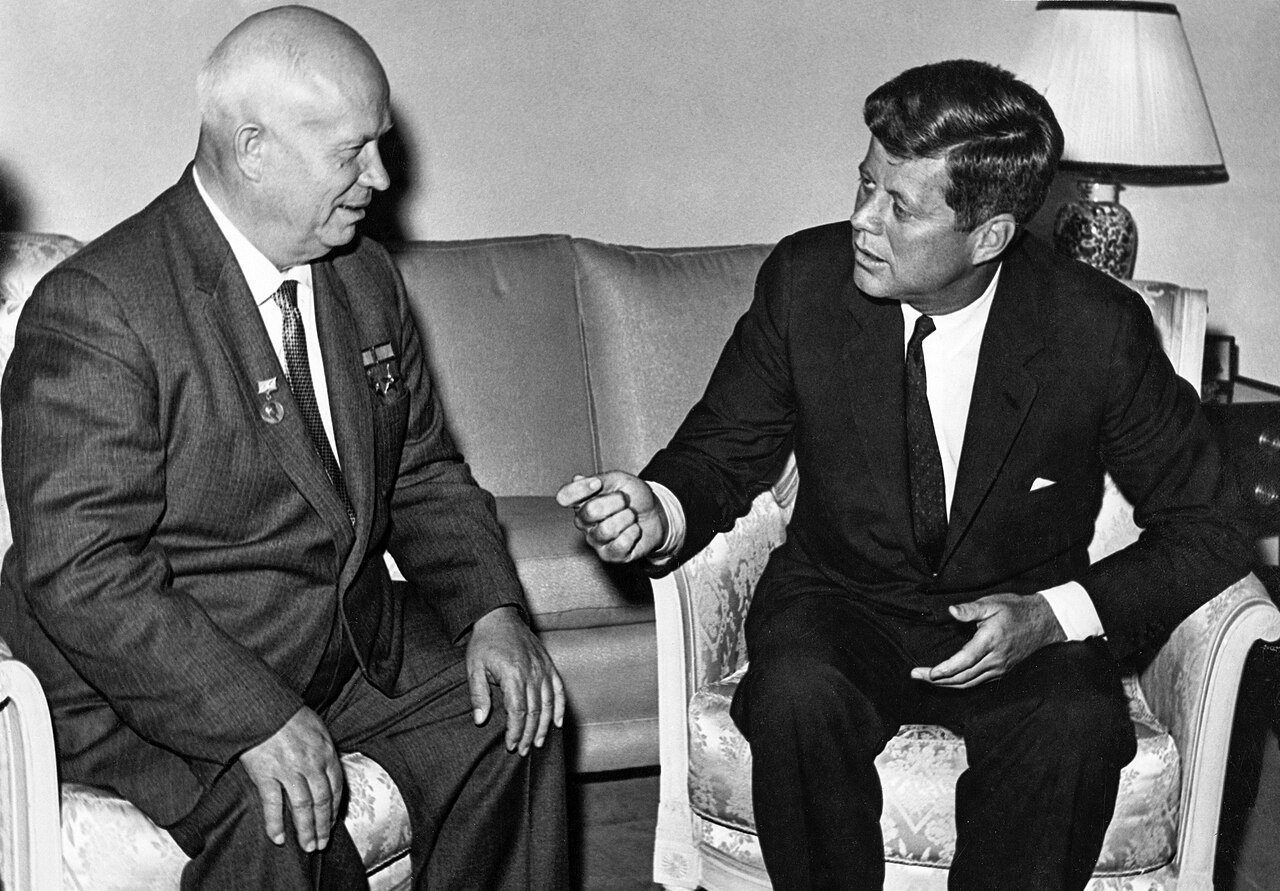 John F. Kennedy Presidential Library and Museum, Wikimedia Commons
John F. Kennedy Presidential Library and Museum, Wikimedia Commons
A Poplar Tree
In 1976, two US officers were axed and clubbed to death by North Korean soldiers because they, along with some South Koreans, were cutting down a poplar tree in the DMZ.
Exploding Cigars
Throughout Fidel Castro's reign in Cuba, there were many plans put in place to get rid of him—one of which was an exploding cigar.
Castro's Beard
There was also a plan to attack him via his beard—with the idea being that should he lose his beard, he would be less virile and powerful.
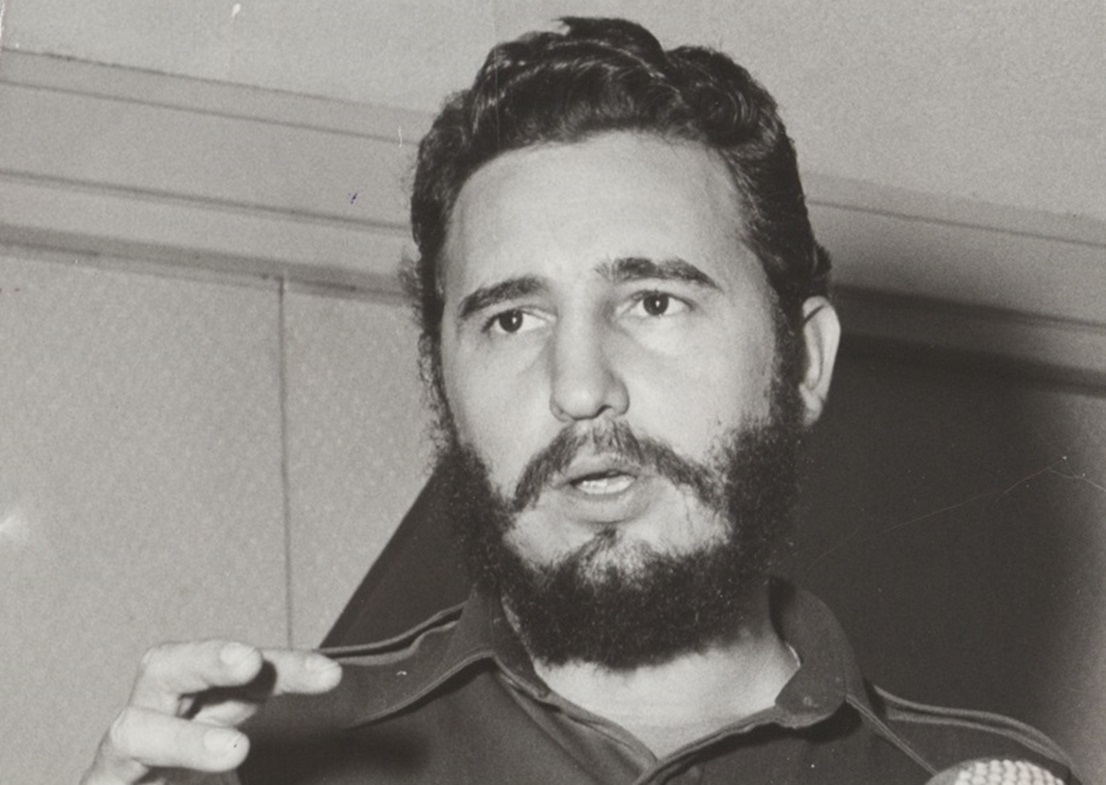 Unknown Author, Wikimedia Commons
Unknown Author, Wikimedia Commons
Exploding Seashells
The CIA had plenty of other ideas, too—including placing exploding seashells in the water where the Cuban leader went swimming.
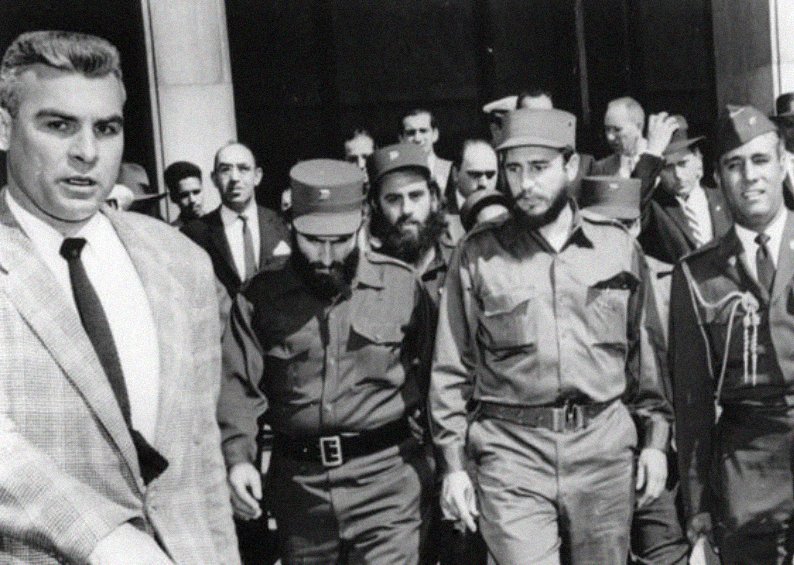 U.S. Department of State, Wikimedia Commons
U.S. Department of State, Wikimedia Commons
634 Tries
According to Castro’s former counterintelligence chief, Fabián Escalante—there were 634 attempts on Castro's life. Needless to say he survived them all and passed in 2016 at the age of 90 (of natural causes).
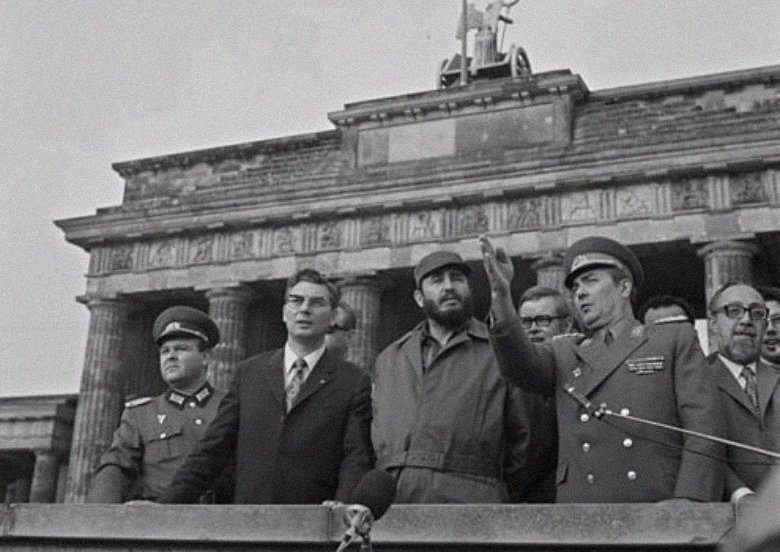 Bundesarchiv, Bild 183-L0614-040, CC-BY-SA 3.0, Wikimedia Commons
Bundesarchiv, Bild 183-L0614-040, CC-BY-SA 3.0, Wikimedia Commons
Dirty Movie
In an attempt to discredit the Indonesian president, the CIA made an adult movie with an actor wearing a mask that looked like said Indonesian president.
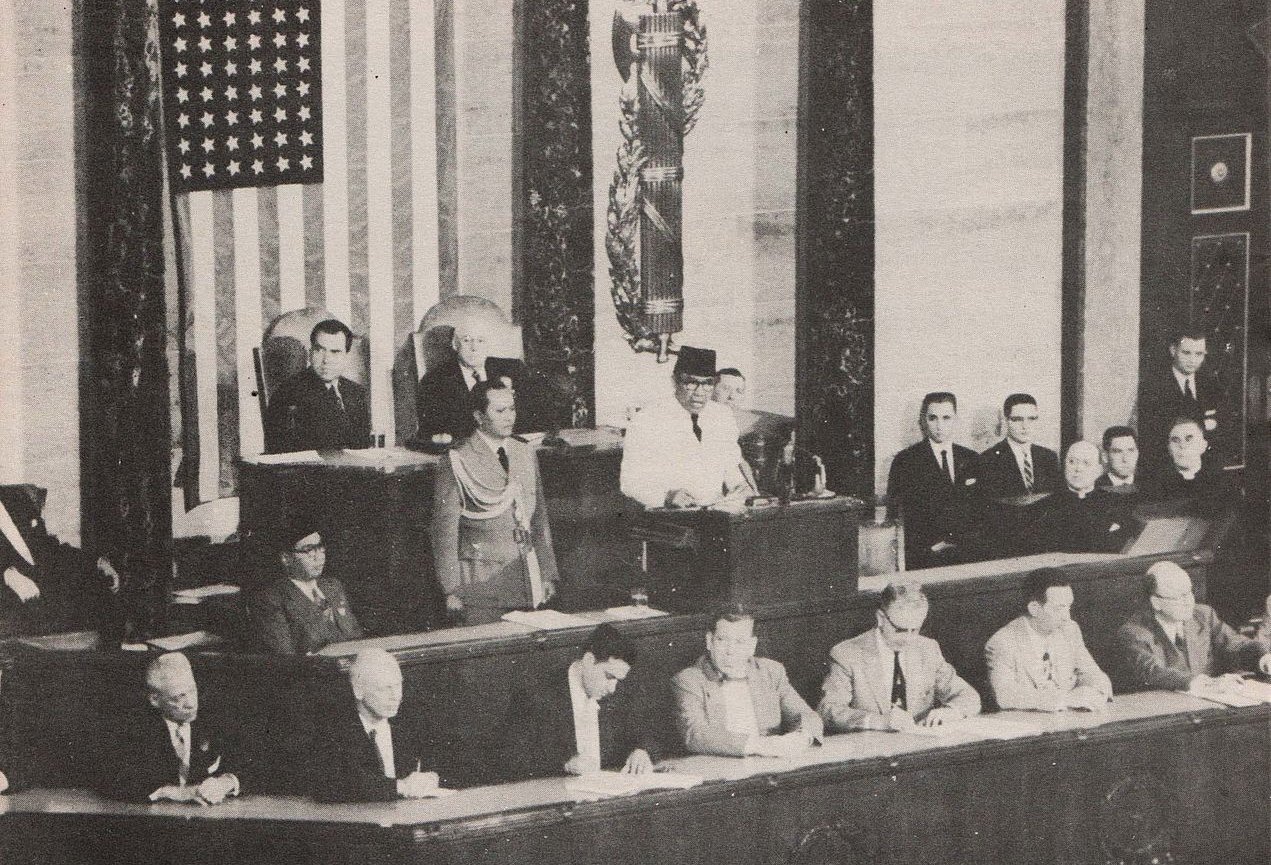 United States Information Service., Wikimedia Commons
United States Information Service., Wikimedia Commons
Ejector Bears
The Mach-2 B-58 Hustler jet was created in the 1950s and designed to deliver nuclear weapons to the USSR. The US Air Force wanted to include ejector seats on the jets but couldn't figure out how to test them. After using recruits from the unemployment lines to test them on the ground, they used chimps and then bears. Bears, you ask? Yup, "knocked out" bears were strapped in and ejected.
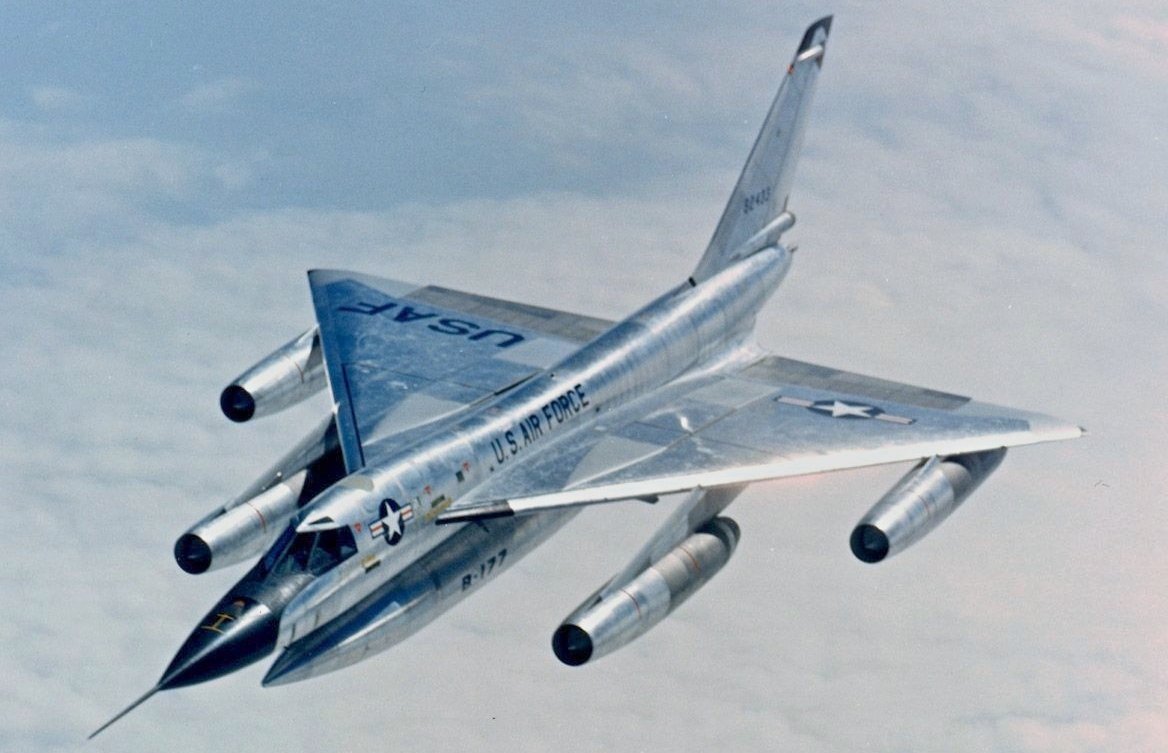 US Air Force, Wikimedia Commons
US Air Force, Wikimedia Commons
JFK Wasn't A Donut
For decades after Kennedy's famous "Ich bin ein Berliner" ("I am a Berliner") speech, there was an urban legend that emerged and grew claiming that the President mistakenly said he was a "donut" rather than a citizen of Berlin. The myth arose from the fact that the term "Berliner" can be used to refer to a jelly donut.
 AFTV (Air Force Television), Wikimedia Commons
AFTV (Air Force Television), Wikimedia Commons
JFK Wasn't A Donut
However, in 1963, citizens of Berlin would not have thought Kennedy was referencing anything other than a person of Berlin—especially since in Berlin, this type of donut is called a "Pfannkuchen"—"Berliner" is a term used outside of the city.
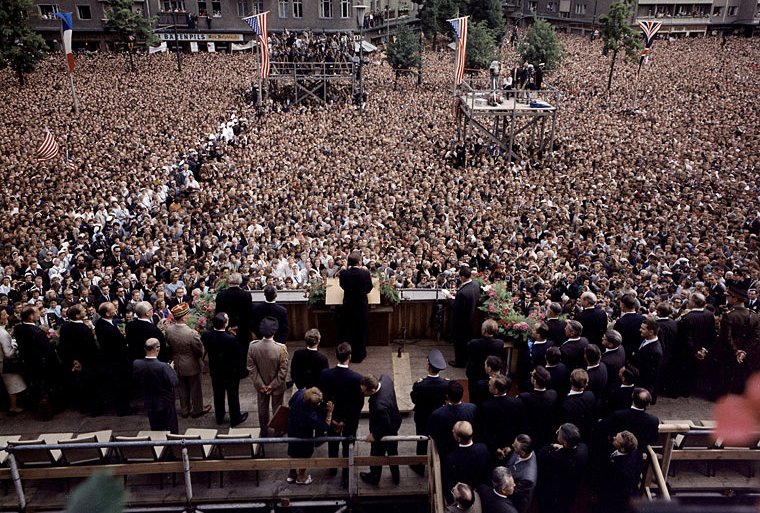 Robert Knudsen, White House, Wikimedia Commons
Robert Knudsen, White House, Wikimedia Commons
Bigger Nuclear Arsenal?
By 1965, the nuclear arsenal of the two major powers numbered 37,000. However, the distribution was heavily in favor of the Americans (United States: 31,000; Soviet Union: 6,000). By 1975, the discrepancy was smaller, but America still had the upper hand numbers-wise (United States: 27,000; Soviet Union: 20,000).
However...
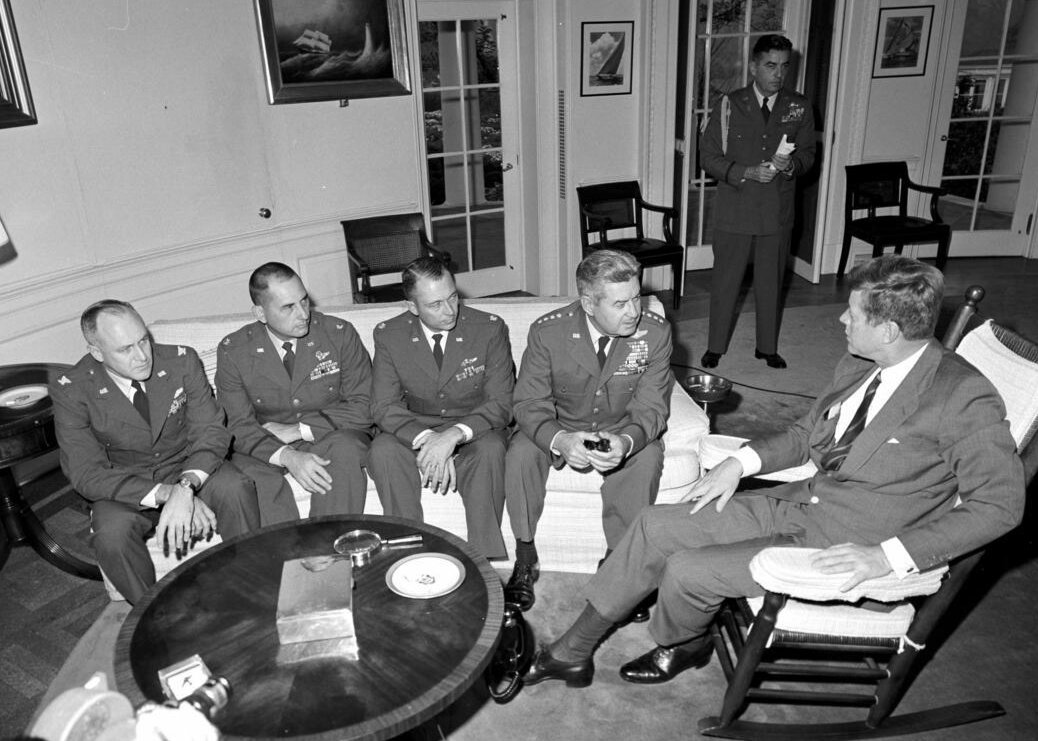 Cecil Stoughton, Wikimedia Commons
Cecil Stoughton, Wikimedia Commons
Bigger Nuclear Arsenal?
By the late 1980s, while the total arsenal had ballooned to a whopping 60,000, the balance of power in the numbers had switched (United States: 23,000; the Soviet Union: 39,000).
The Ekranoplan
Part ship, part airplane, the Ekranoplan was a Soviet craft that could fly and also skim along the ocean at speeds up to 340 mph. The program ended after the collapse of the USSR, but the "Sea Monster" was built and there has been talk of turning it into a tourist attraction.
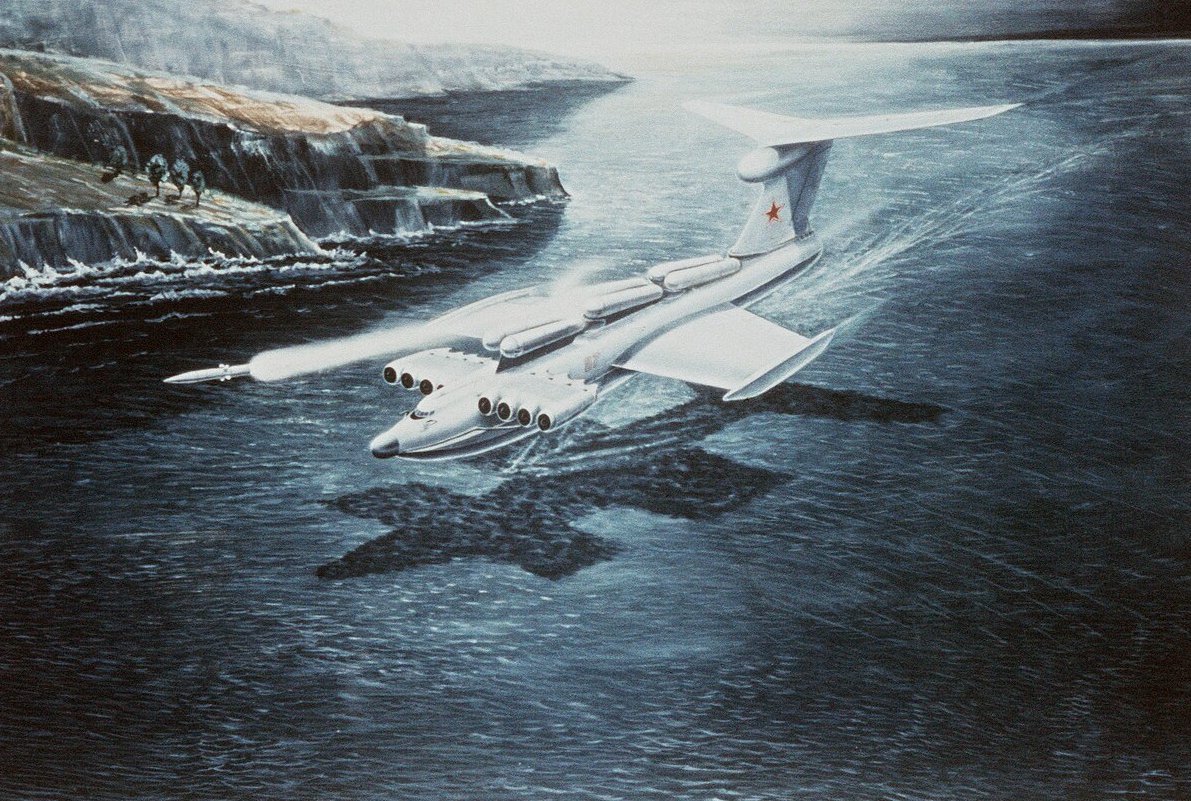 Uncredited Defense Intelligence Agency artist, Wikimedia Commons
Uncredited Defense Intelligence Agency artist, Wikimedia Commons
Tunnel Plans
In 1954, US and British spies came up with the bold idea (Operation Gold) to tunnel under West Berlin and set up wire taps in order to listen in on Soviet HQ communications with East Germany.
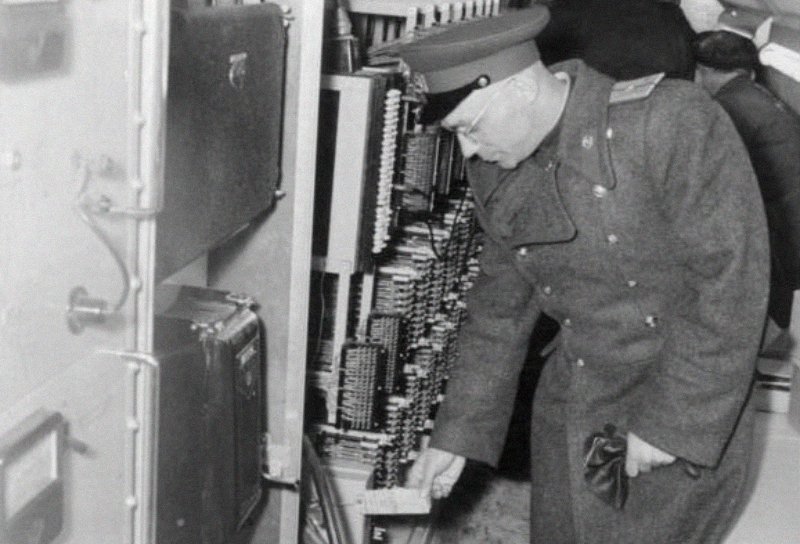 Bundesarchiv, Bild 183-37695-0003, Junge, Peter Heinz, CC-BY-SA 3.0, Wikimedia Commons
Bundesarchiv, Bild 183-37695-0003, Junge, Peter Heinz, CC-BY-SA 3.0, Wikimedia Commons
George Blake
Before the project was even up and running, though, British spy George Blake—who was working as a double agent for the Soviets—told Moscow about the plan.
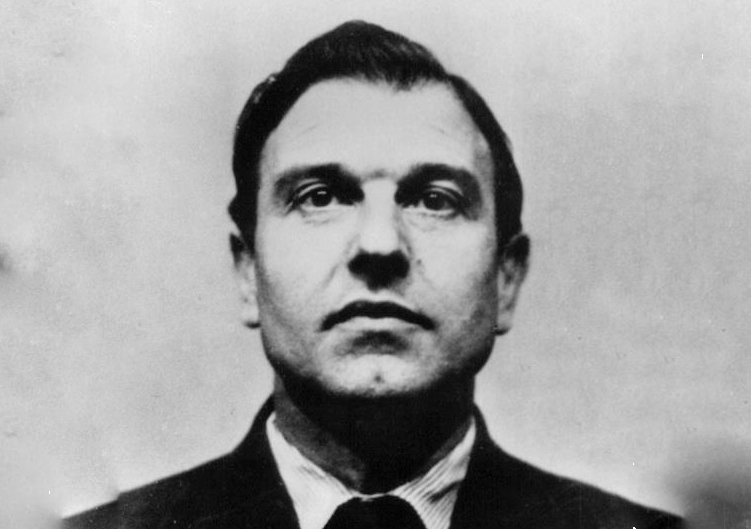 Unknown Author, Wikimedia Commons
Unknown Author, Wikimedia Commons
Let It Go
Russia really didn't want to blow Blake's cover, so they let the allies start digging—and waited a couple years until "accidentally" discovering the tunnel in 1956.
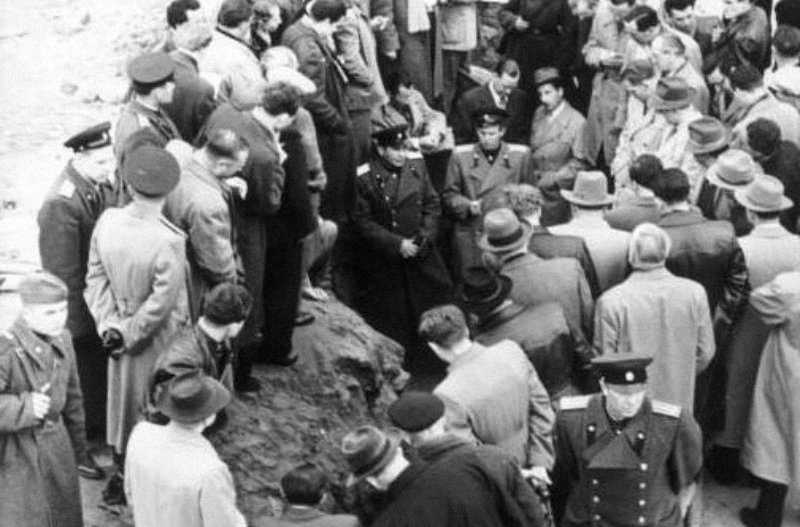 Bundesarchiv, Bild 183-37695-0038, Junge, Peter Heinz, CC-BY-SA 3.0, Wikimedia Commons
Bundesarchiv, Bild 183-37695-0038, Junge, Peter Heinz, CC-BY-SA 3.0, Wikimedia Commons
Win-Win?
By the time the Soviets "came across" the tunnel, it was already 1,476 feet long and there had been 3,100 tons of soil removed. The Soviets claimed victory but so, too, did the CIA—claiming that all of the intelligence they had collected during the tunnelling process had made it all worth it.
And speaking of tunnels...
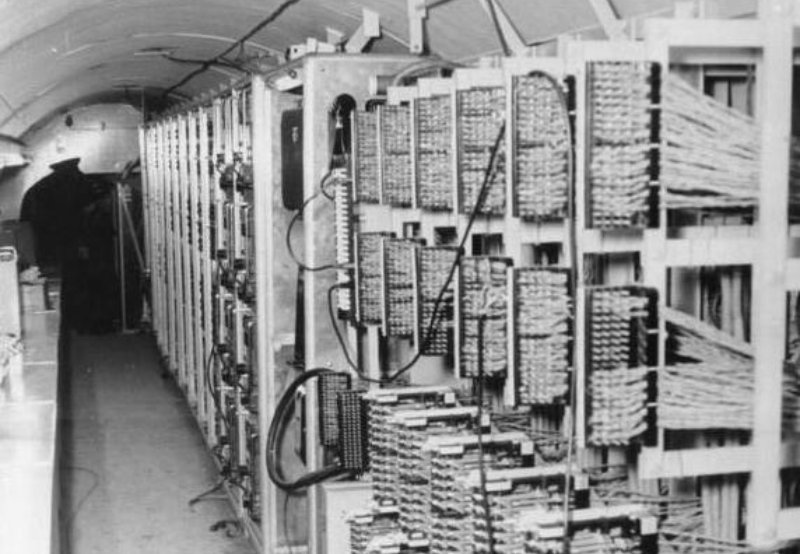 Bundesarchiv, Bild 183-37695-0005, Junge, Peter Heinz, CC-BY-SA 3.0, Wikimedia Commons
Bundesarchiv, Bild 183-37695-0005, Junge, Peter Heinz, CC-BY-SA 3.0, Wikimedia Commons
Project Iceworm
Apparently, tunnelling was a big thing back then, and the United States had another idea that involved burrowing underground—this time in Greenland.
Project Iceworm
Project Iceworm was a plan to set up a missile launch site under Greenland's ice sheet which would put them close enough to hit Russia with medium-range missiles. The 2,500-mile-long tunnel system was started, but it eventually became too difficult and challenging to complete, and it was abandoned.
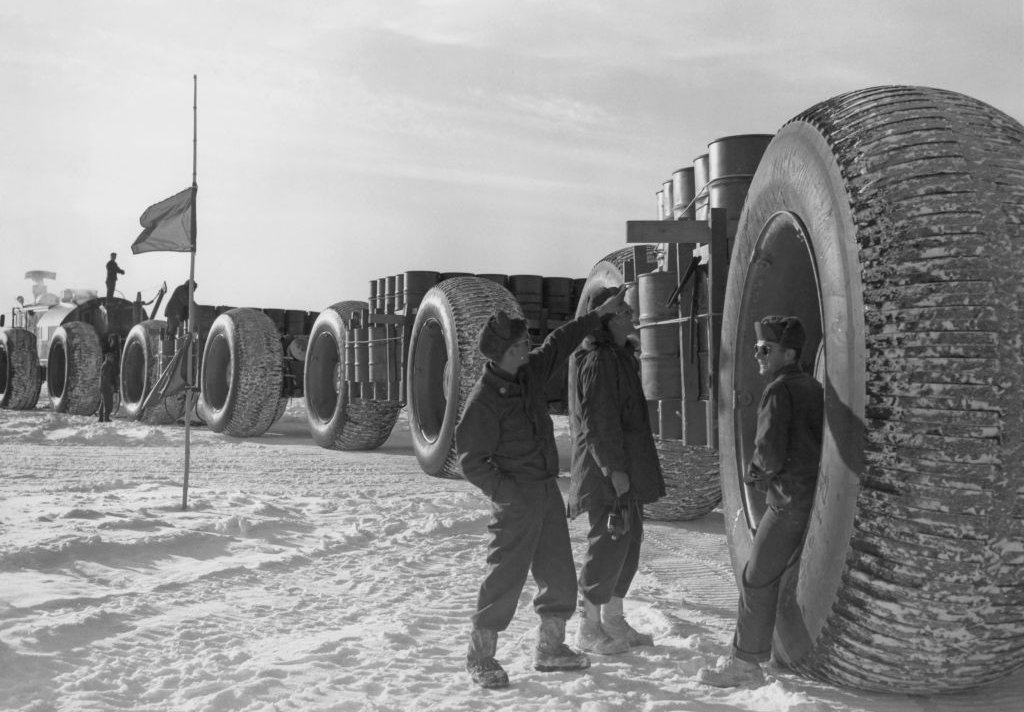 Pictorial Parade, Getty Images
Pictorial Parade, Getty Images
Maps
Russia made such detailed maps of the Canadian arctic during the Cold War that other ships still use them to this day (some even preferring them to current maps of the region).
 Iouri Goussev, CC BY-SA 2.0, Wikimedia Commons
Iouri Goussev, CC BY-SA 2.0, Wikimedia Commons
Aliens
What would've happened to the Cold War if aliens had invaded? Well, the scenario was actually a topic of conversation between American President Ronald Reagan and Soviet Premier Mikhail Gorbachev. The two men agreed that if aliens showed up, they would pause the Cold War.
You Might Also Like:
How Many Of These Cold War Trivia Questions Can You Answer?
Priceless Pieces Of History Destroyed By War





